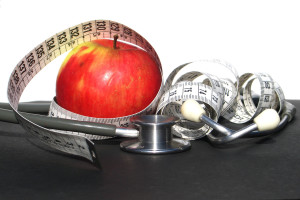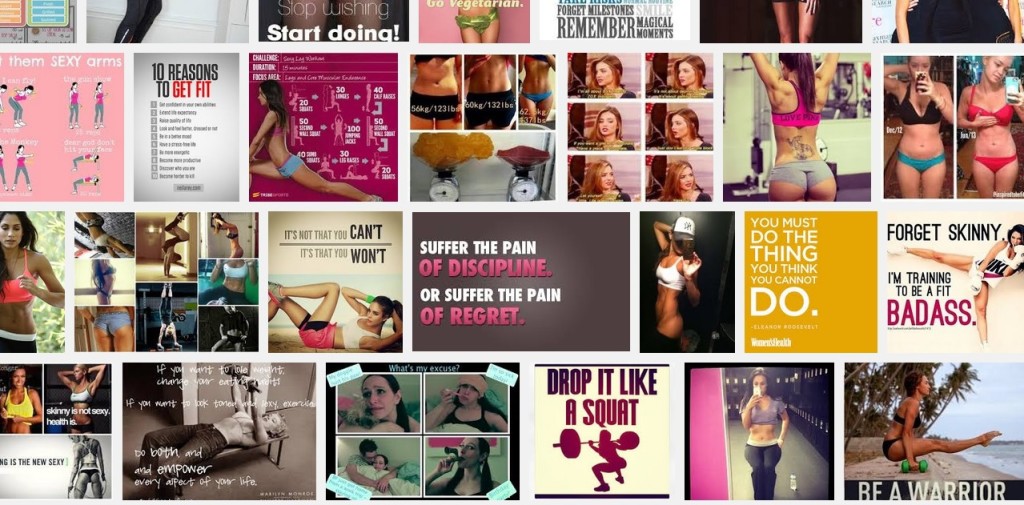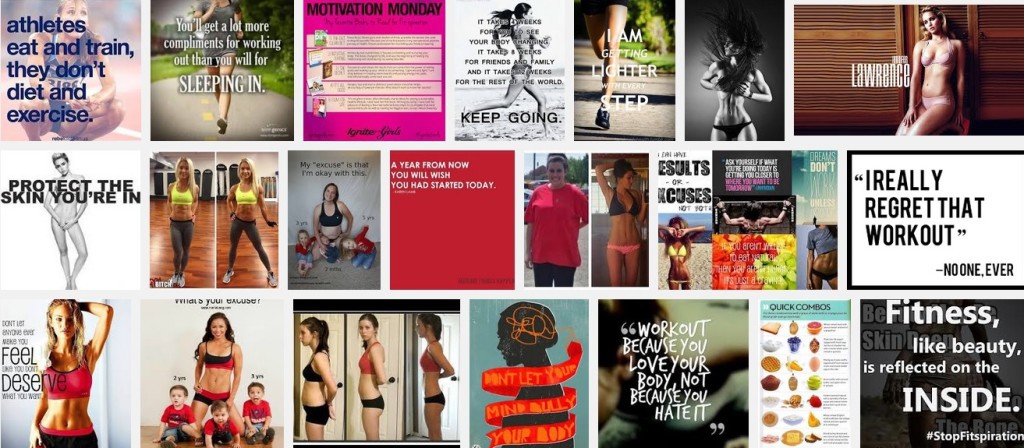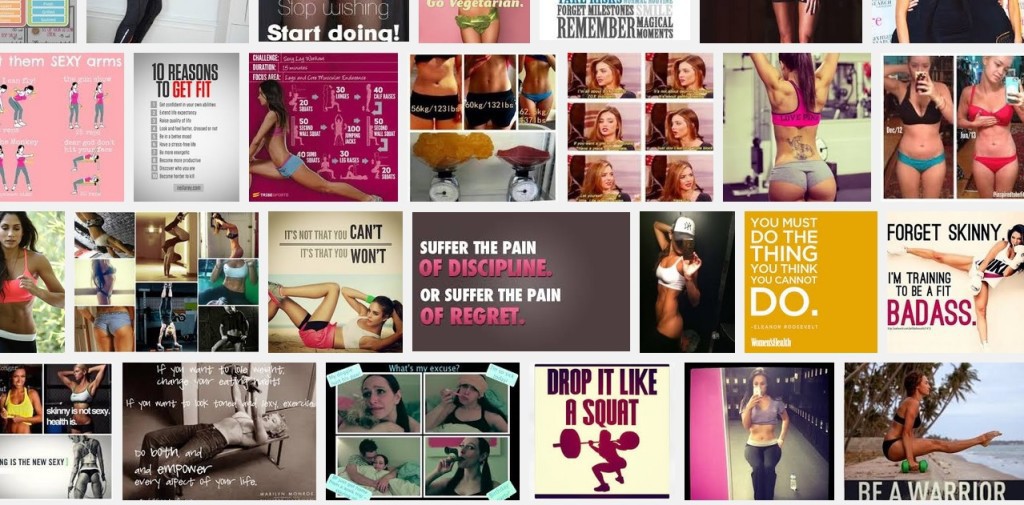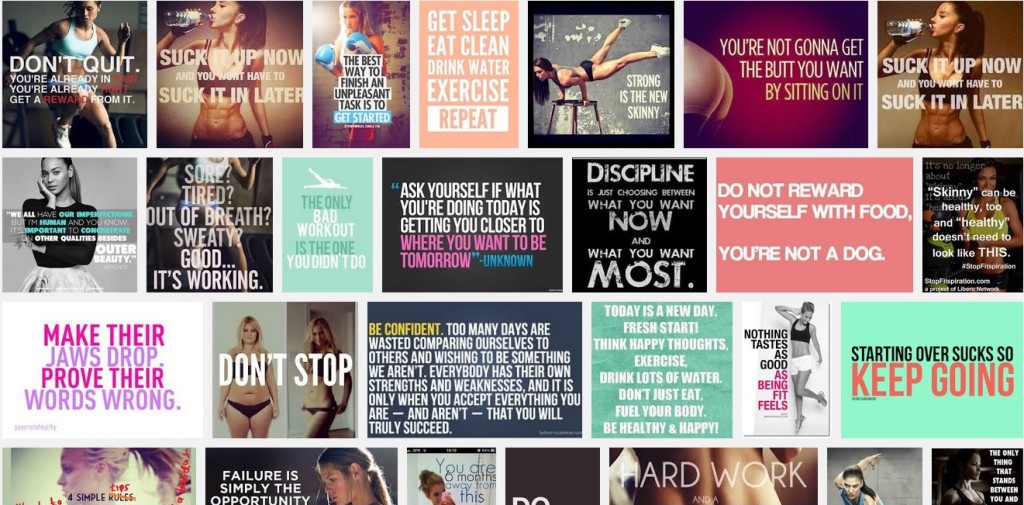 Exercise together for better health
Exercise together for better health
Electronic gaming is increasing as a way for families to ‘chill out’ together. While it’s great to spend time together as a family, don’t forget the importance of being active together either.
Why physical activity?
Lack of physical activity is one of the leading risk factors for death worldwide, according to the World Health Organisation (WHO)[i].
WHO states regular physical activity will:
- help maintain a healthy weight
- improve cardiovascular fitness
- improve muscular strength
- aid bone health
- reduce the risk of diseases such as diabetes and cardiovascular diseases (including heart disease, stroke and high blood pressure)
- reduce the risk of developing some cancers
- reduce the risk of depression.
Kids who exercise regularly can also enjoy these extra benefits[ii] [iii]:
- an increased ability to learn
- improved short-term memory, reaction times and creativity
- increased cognitive development
- reduced stress
- improved strength, flexibility and endurance
- better able to handle physical and emotional challenges of growing up
- better sleep
- improved confidence.
How much activity?
 Physical activity shouldn’t be confused with structured exercise.
Physical activity shouldn’t be confused with structured exercise.
Current recommendations for physical activity are [iv]:
- at least 60 minutes of moderate to vigorous-intensity activity daily for children 5-17 years of age
- 150 minutes of moderate-intensity activity weekly for adults 18-64 years of age.
According to Active Health Kids Australia, only 19 per cent of Australian children aged 5-17 years are getting enough physical activity, with 71 per cent of kids in this age bracket exceeding more than the recommended two hours of screen time per day. [v]
It’s clear that our children need to get away from the screens and off the couch!
Exercise as a family
 Exercising as a family is not only fun (and often inexpensive), but it’s an important way to show your children what a healthy lifestyle is.
Exercising as a family is not only fun (and often inexpensive), but it’s an important way to show your children what a healthy lifestyle is.
Exercising together will help your children establish good exercise habits as well as provide an opportunity to learn the importance of regular exercise and good nutritional habits.
Some great ideas to be active as a family include:
- At the park — throw a Frisbee, fly a kite, walk the dog, kick a ball, ride your bike, use the playground.
- At home — plant a garden, paint a fence, sweep a patio, dance in the living room, jump rope, rake leaves.
- At the beach — play cricket or volleyball, walk along the beach, go for a swim, go sailing.
- In the snow — build a snowman, toboggan or ski, have a snowball fight, go ice-skating.
- Out and about — go hiking, participate in a fun run, ride your bikes, go bowling, abseil, kayak, go rock climbing, talk a walking tour of your city.
- Take a class — take up dancing, learn how to play tennis, take up karate or swimming lessons.
Of course, the activities above are only a guide. Choose something you’d all like to do and give it a go. Perhaps you could set aside a regular time to be active together and take turns in choosing the activity.
Whatever you do however, make a commitment to get your family off the couch and into exercise!
References:
[i] World Health Organisation, Physical activity, Last update January 2014; accessed 1 July 2015 http://www.who.int/mediacentre/factsheets/fs385/en/
[ii] Raise Smart Kid, The Benfits of Exercise on Your Kid’s Brain, published not specified; accessed 1 July 2015 http://www.raisesmartkid.com/3-to-6-years-old/4-articles/35-the-benefits-of-exercise-on-your-kids-brain
[iii] Kids Health, Kids and Exercise, last reviewed February 2012; accessed 1 July 2015 http://kidshealth.org/parent/nutrition_center/staying_fit/exercise.html
[iv] World Health Organisation, Physical activity, Last update January 2014; accessed 1 July 2015 http://www.who.int/mediacentre/factsheets/fs385/en/
[v] Active Health Kids Australia, Report Card on Physical Activity for Children and Young People, published 20 May, 2014; accessed 1 July 2014 http://www.activehealthykidsaustralia.com.au/wp-content/uploads/2014/05/ahka_reportcard_shortform_web.pdf






